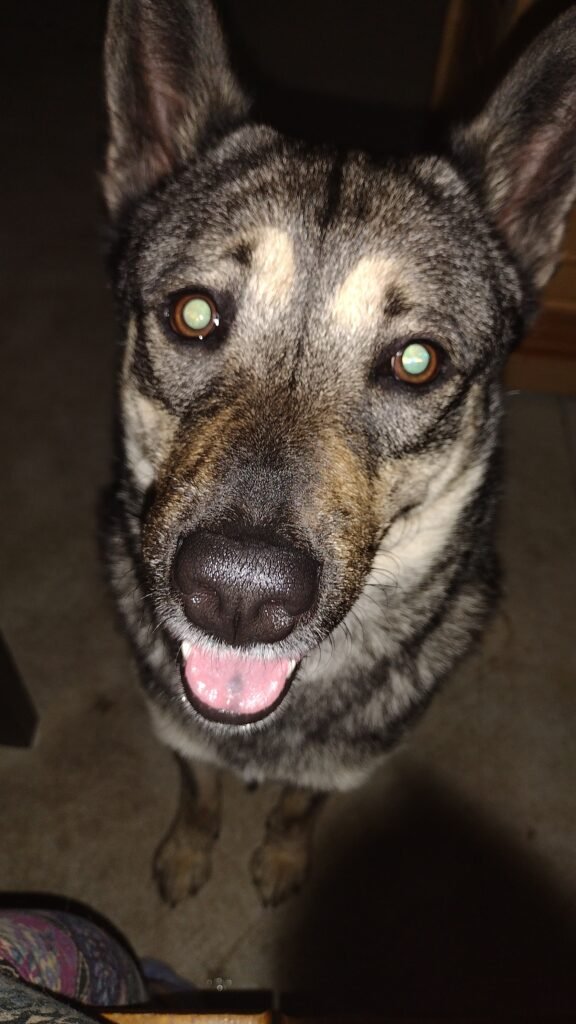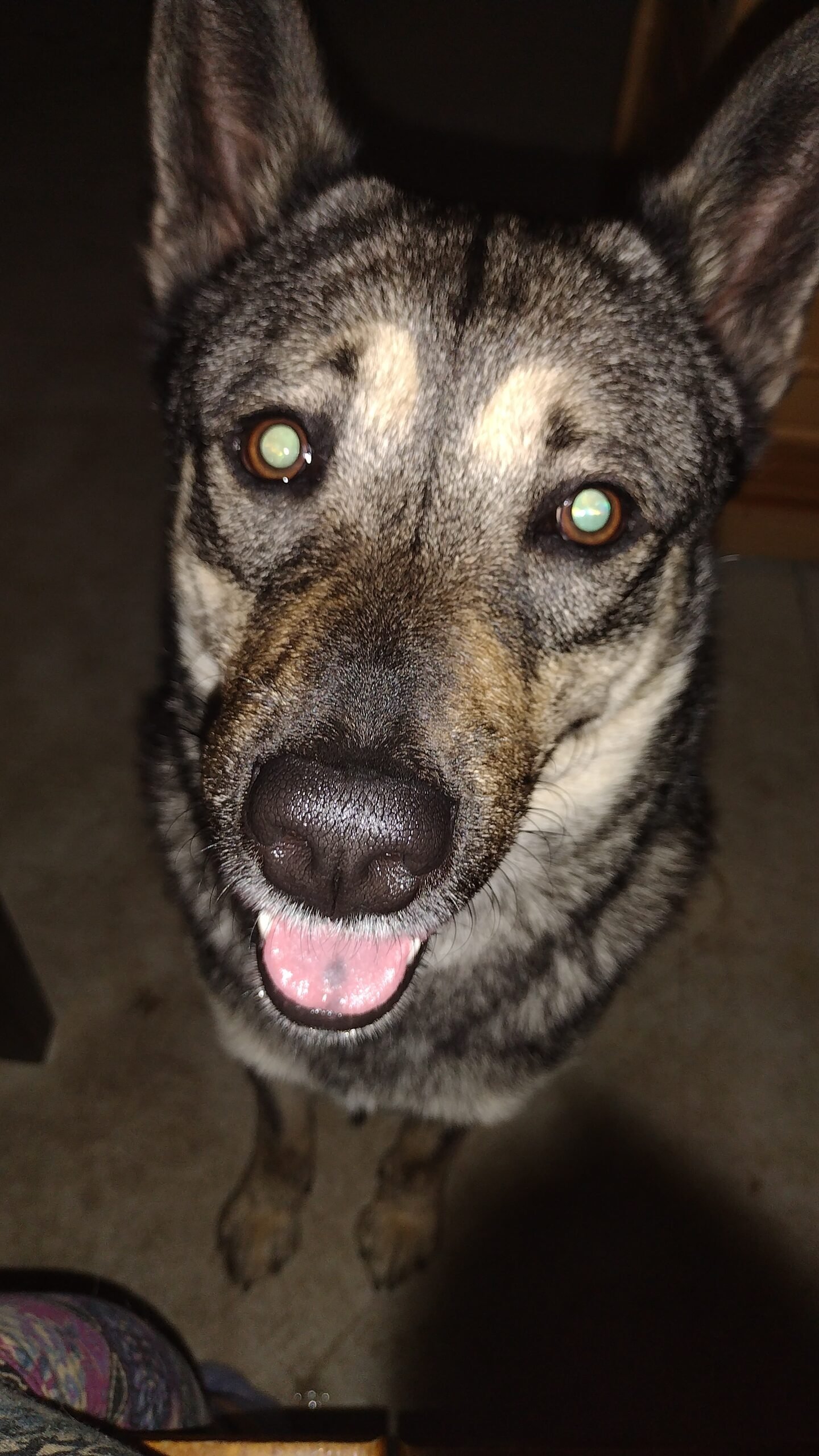(And How to Spot Them Early)
By: Plants and Home
When it comes to dog ownership, having access to the right products is essential. To facilitate this, I have integrated affiliate links throughout this blog, allowing readers to access a curated selection of recommended items seamlessly. An affiliate link is a special URL that directs you to a specific product or service, and in turn, if a purchase is made through this link, I earn a small commission. This commission helps support the maintenance of this blog, ensuring I continue providing valuable content for dog owners and our furry family members. Thanks for supporting Plants and Home!
Every dog is unique, but some health issues are more common in certain breeds. Knowing what to watch for can make all the difference in keeping your pup healthy and happy.
Why Breed-Specific Health Awareness Matters
Some health conditions are linked to genetics, and certain breeds are more prone to specific problems. Early detection gives you a chance to intervene before an issue becomes serious — which means fewer vet bills, less stress, and a better quality of life for your dog.

1. Labrador Retriever — Hip Dysplasia & Obesity
What to Watch For:
- Stiffness when standing up
- Reluctance to climb stairs or jump
- Weight gain despite regular activity
Early Tip: Keep them lean and active. Joint supplements like glucosamine can help.
2. French Bulldog — Breathing Problems (Brachycephalic Syndrome)
What to Watch For:
- Snorting or loud breathing, especially during exercise
- Overheating easily
- Trouble sleeping or eating
Early Tip: Avoid heavy activity in heat and choose a harness instead of a collar to reduce airway pressure.

3. German Shepherd — Degenerative Myelopathy & Hip Issues
What to Watch For:
- Weakness in hind legs
- Dragging back paws
- Swaying or unsteady walk
Early Tip: Regular vet checks for mobility and maintaining a healthy weight can help slow progression.

4. Dachshund — Intervertebral Disc Disease (IVDD)
What to Watch For:
- Reluctance to jump or climb
- Yelping when touched
- Wobbly walking or paralysis
Early Tip: Limit jumping (ramps are your friend!) and keep their back supported.
5. Golden Retriever — Cancer (especially lymphoma and hemangiosarcoma)
What to Watch For:
- Lumps or swelling
- Lethargy or loss of appetite
- Unexplained weight loss
Early Tip: Monthly at-home body checks and regular vet exams are essential.
6. Pug — Eye Problems (Dry Eye, Corneal Ulcers)
What to Watch For:
- Redness or cloudiness
- Squinting or rubbing at eyes
- Discharge or excessive blinking
Early Tip: Wipe their eyes daily and use vet-approved eye drops if needed.
7. Border Collie — Epilepsy & OCD (Obsessive Compulsive Disorder)
What to Watch For:
- Seizures or twitching
- Compulsive tail-chasing or pacing
- Sudden behavioral changes
Early Tip: Track episodes and record video for your vet — patterns help with diagnosis.
General Early Warning Signs in Any Breed
Even if your dog isn’t one of the breeds above, keep an eye out for:
- Changes in appetite or thirst
- Sudden aggression or anxiety
- Skin irritation or persistent scratching
- Lumps, bumps, or swelling
Final Thoughts
Knowing your dog’s breed-specific risks is one of the best ways to advocate for their health. Combine that awareness with routine vet visits, a balanced diet, and daily attention — and your furry friend will thank you with years of loyalty (and probably some hair on your couch).
“dog breed health issues,” “canine health problems,” or “breed-specific dog diseases”








